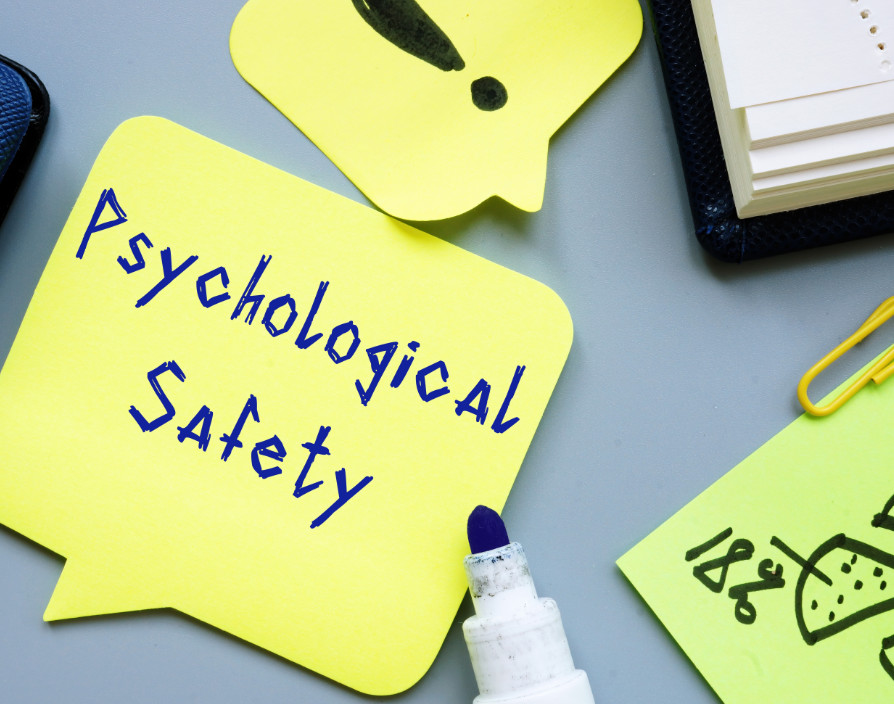Business leaders often talk about topics related to resilience. There is a really fine line between talking about resilience and fostering toxic positivity. At The Happiness Index, we think it’s more important to build a psychologically safe workplace for your team to avoid confusion and plot a pathway to success.
What is a psychologically safe workplace?
Psychological safety is closely related to our vision of Freedom to be Human. It means that people feel safe to voice their opinions, particularly if they’re not in agreement with leadership. And it means that individuals feel free to bring their whole selves to work. Now I’ve said that you might be thinking, but Matt, do I really want people disagreeing with me at work? the answer is, absolutely you do.
Without a safe environment internally to challenge each other you won’t be able to share and test ideas before you take them out in the real world.
It is way better to have been challenged internally by your trusted colleagues and practised articulating your thoughts in a safe environment before taking your ideas externally.
Why should you care about psychological safety in the workplace?
On a human level, I think we do actually want our teams to feel safe and not on edge. But, even if you take it back to your bottom line, there’s a benefit to your people feeling safe. Let me explain. When people feel safe, it physically frees up their brain space to do better work. It means your team is no longer in their fight or flight response and can think more creatively and work more productively.
How can you tell if you have a psychologically safe workplace?
Figuring out how psychologically safe your organisation is might not be as straightforward as you think. Obviously you need to ask your people. But if they don’t feel safe to give you a real answer, this is just not going to give you the data you need. You must be able to ensure anonymity and safety for your people. As you start to ask for their feedback more regularly, you’ll build that trust and feeling of safety within your team.
Can you measure psychological safety?
Our neuroscience-backed platform is perfect for measuring psychological safety. There are a couple of ways we can help. Firstly, we have a Cultural Assessment survey. This will allow you to see how your team’s feelings around their safety play into the wider impact of your culture. Whether you use our survey or do your own investigation, you need to collect quantitative and qualitative data. This will allow you to benchmark and compare, but also to get constructive feedback as to what your people need. Plus it will highlight the things you’re doing right!
In some situations the safety of your people can impact your organisation in a big way. For example, if there have been big changes in leadership changes or you’ve had conversations with your team which have shown you they don’t feel comfortable being themselves at work. For these situations, we have a specific safety survey. Two areas build together to create safety within an organisation, these are trust and work-life balance. Our survey is built to deep-dive into which aspects are working well for your organisation, and where you might have room for improvement.
How can you improve psychological safety at work?
One of the things that can really undermine safety in the workplace is change – even if it is inevitable! You can limit some unnecessary changes but you can’t keep everything the same forever. If there’s one thing I learned from my own experience going through mergers and acquisitions, it’s that you cannot communicate too much.
But it’s also important to share when you don’t know things. Recognising that things are uncertain and that there aren’t definite answers can feel counter-intuitive, but remember – you’ve employed smart adults. They know you don’t know everything! Empathising with them and showing that you understand the challenges everyone is going through will help build relationships and, importantly, trust.
So what can you do as a leader?
If there’s one thing I want you to take away from this it’s that as a leader you need to be vulnerable. This is the number one way to build trust in your team. You need to show when you’re struggling, when you need help or advice, and when you don’t know something. This will do two things. Firstly, it will help your team to understand it’s ok for them to do the same, which will strengthen feelings of trust. Secondly it will help your team to give feedback, come up with potential solutions and understand where you’re coming from. In short, they will feel psychologically safe.
“
Share via:








































